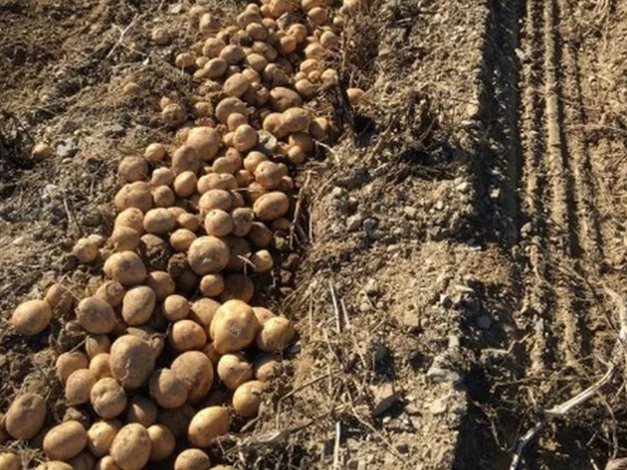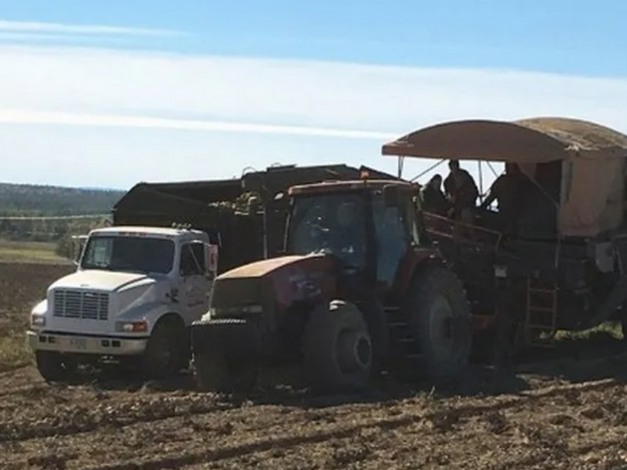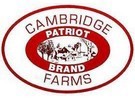When it comes to potato supply currently, there is still a plentiful supply of storage crop Russet potatoes out of Idaho. With that, prices are below the cost of production.
However, it's a different story on colored potatoes. "Currently there's a deficit in the U.S.," says Ken Gad of Cambridge Farms, Inc. "They're mostly done in Florida and there are a few pockets of production as well." Meanwhile, Western Texas will begin its production this weekend and California is also shipping some colored potatoes.
Production has also begun in North Carolina and Virginia. "We'll be in full production by the end of this week with our growers and we knew we had a challenging time during planting and the growth period," says Gad, adding that a suspected cut in yields because of those challenging planting and growing periods in North Carolina has proved true. "Our yields are way off which has led to a lot of frustration. We get to a field where we think we're going to make eight or 10 loads out of a field and we get four," he says.

High retails on colored potatoes
As for the movement, even with high costs keeping retail high, the movement is good. "For the most part, the FOBs on yellows and reds have been pretty good in the past couple of years," says Gad. Right now, prices are $48 FOB on red potatoes and $46 FOB on yellows though he notes pricing could be stronger. "The problem is retailers have not adjusted their pricing. We go down or up, retailers stay high," he says. "It doesn't seem like they're worried about moving volumes of packaged goods through the store anymore."
After all, it used to be that retail was driven by moving a lot of tonnage on potatoes in bags. However, what is increasingly being seen in the potato category is the evolution of potato marketing, starting with the fight for shelf space–more and more that 12 or 16 feet of shelf space is being divided up by more SKUs, a fact that becomes more evident each year.
That means these days there are as many as 32 SKUs in the potato category and while not every store is using that many, they may settle in at least 24 different SKUs which may include yellows, reds, whites, medley pack, tray pack, loose red, loose white but also creamer potatoes or baby/marble–the type once left behind in the field. "So when we used to talk about 400 million 100-weight of potatoes grown, 25 or 30 percent of that was thrown away or left in the field. We now market it and call it a premium and it cuts into the volume," he says.

(Potato) color specialists
That means the industry needs to reassess how it markets today's potato crops. "What we're doing now is marketing by color and our growers are rethinking how they grow and what they grow on the East Coast. They've become color specialists," he says.
Look no further than Maine, a state that for years largely focused on growing white potatoes. However, in the past two decades, they've increasingly focused on growing Russet potatoes and then even more recently, added more red and yellow acreage as well. "It's almost hard to find good white potatoes there anymore but that's okay because not that many people want them," says Gad. "What's happened is the yellows have replaced the white potatoes. All the big players want yellow."
Then there are also those growers who are focusing still on producing fingerling potatoes–a variety that many growers have tried but only some specialty growers have stuck with. Or organic potatoes.
"In all, potato marketing continues to evolve. It's also changing quicker than we all think it is–the way it's being marketed and the type of marketing," he says. "A big part of that is more and more strategic partnerships and the continued proliferation of colors within the category."
 For more information:
For more information:
Ken Gad
Cambridge Farms Inc.
Tel: +1 508-297-2630
[email protected]
https://cambridgefarms.wordpress.com/
